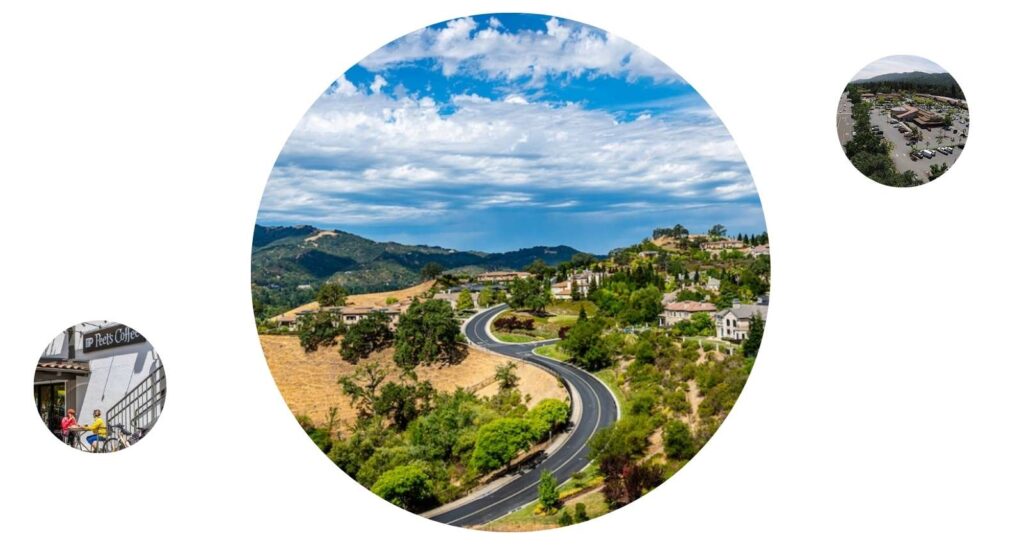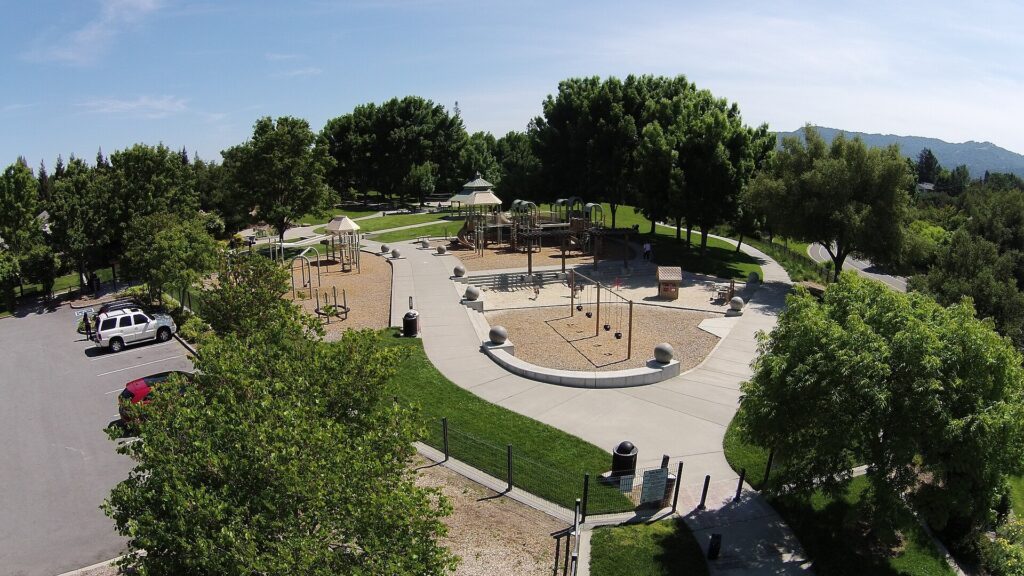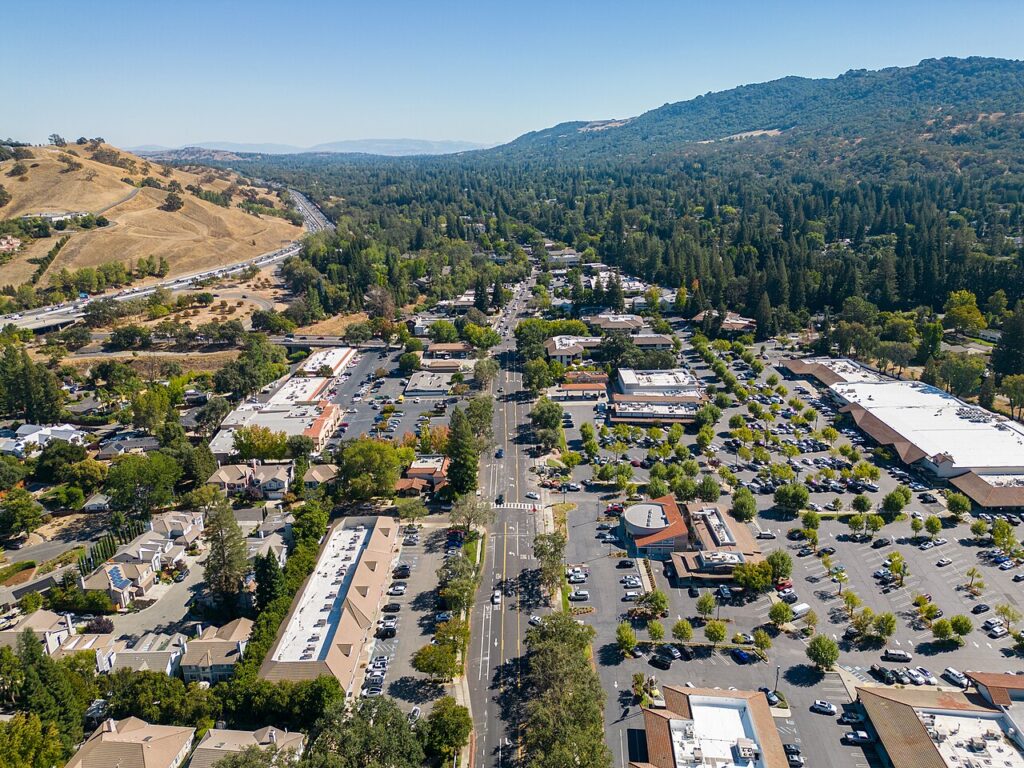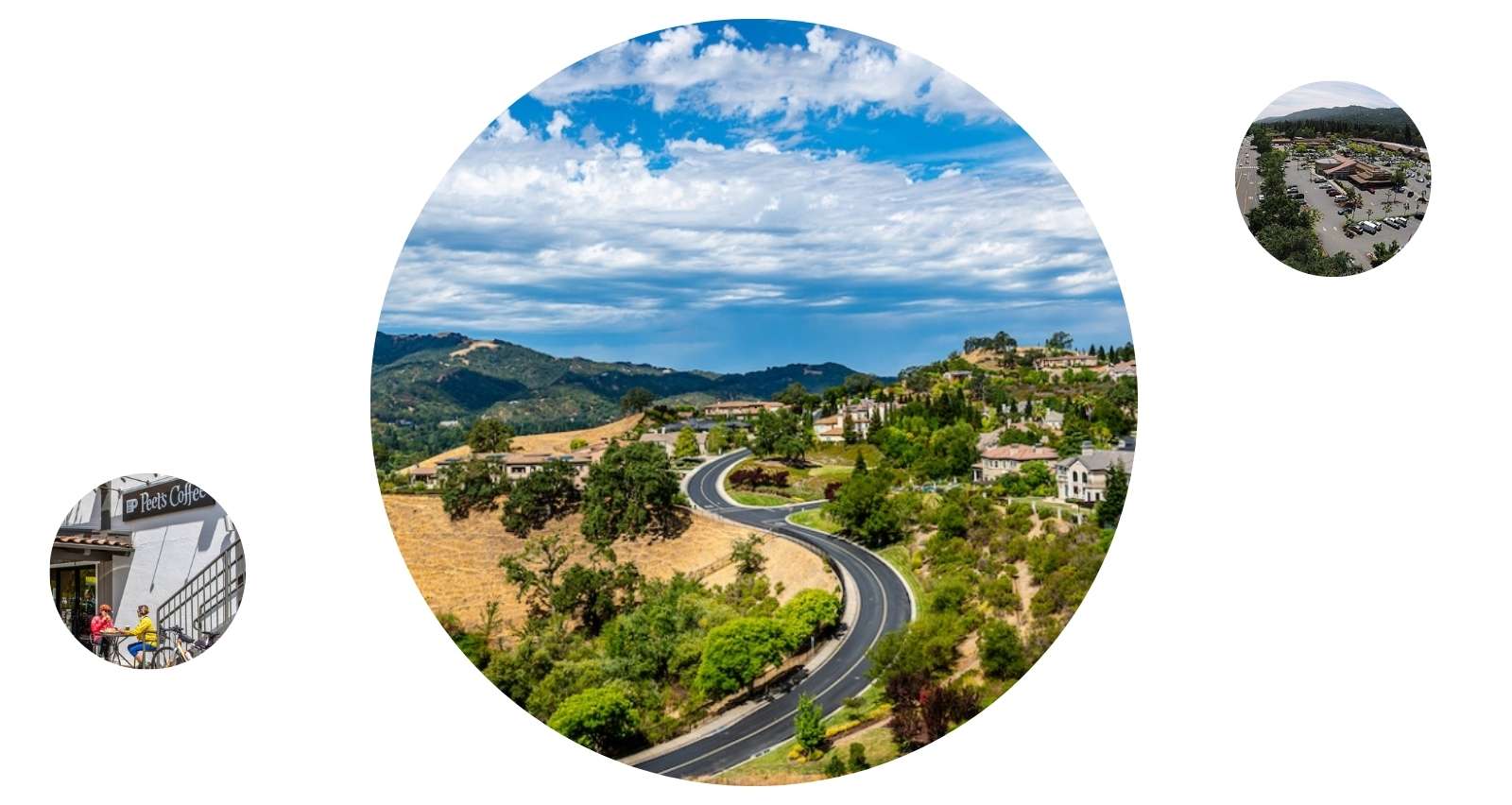3 Signs Your Alamo Home Needs a Wi-Fi Upgrade
In today’s hyper-connected world, a reliable Wi-Fi network isn’t just a convenience—it’s a necessity. Whether you’re working remotely, streaming your favorite shows, or managing smart home devices, your internet connection plays a central role in daily life.
If you’re living in Alamo, California—a community known for its scenic hills, top-rated schools, and tech-savvy residents—it’s essential to ensure your home network keeps up with modern demands. But how do you know when it’s time for a Wi-Fi upgrade? Here are three clear signs your Alamo home could benefit from a stronger, more brilliant wireless solution.

1. Dead Zones and Spotty Coverage
One of the most common frustrations homeowners face is inconsistent Wi-Fi coverage. If you find yourself losing signal in certain rooms—especially in larger homes or those with thick walls—you likely have dead zones. These are areas where your router’s signal can’t reach, leaving you unable to connect.
In Alamo, where many homes feature multi-level layouts or expansive floor plans, a single traditional router often isn’t enough. Upgrading to a mesh Wi-Fi system can eliminate these dead zones by using multiple access points throughout your home, ensuring seamless coverage from the kitchen to the backyard patio.
2. Sluggish Speeds During Peak Usage
Do your video calls freeze, your Zoom meetings drop, or your kids’ online games lag—especially in the evenings? If your internet slows to a crawl when multiple devices are connected, your current setup may be overwhelmed. Today’s Alamo households often run 20 or more connected devices simultaneously: laptops, tablets, smart TVs, security cameras, thermostats, and more. Older routers weren’t designed to handle this level of demand. A Wi-Fi 6-enabled (or 7) system not only supports more devices at once but also delivers faster speeds and lower latency. If your router is more than three to five years old, it’s likely time for an upgrade to keep pace with your household’s digital lifestyle.
3. Frequent Disconnections and Buffering
Constantly reconnecting to your network or waiting for videos to buffer isn’t just annoying—it’s a red flag. While occasional hiccups can occur, frequent disconnections often indicate outdated hardware, interference from neighboring networks, or an overloaded router. In densely populated neighborhoods—even in quieter areas like parts of Alamo—Wi-Fi congestion can degrade performance.
Modern routers come equipped with advanced features like automatic channel selection, band steering (which intelligently directs devices to the best frequency), and enhanced security protocols. These upgrades not only stabilize your connection but also protect your data from emerging cyber threats.

Why Alamo Homeowners Should Act Now
Alamo residents enjoy a high quality of life, including staying connected without compromise. Whether you’re telecommuting for a Bay Area tech firm, homeschooling, or simply enjoying streaming entertainment, a robust Wi-Fi network enhances both productivity and comfort. Moreover, a strong home network can even boost your property’s appeal should you decide to sell—today’s buyers expect smart, connected homes.
If you’re experiencing any of the signs above, don’t settle for subpar connectivity. Consider consulting a local Alamo networking professional or exploring modern mesh systems from trusted brands like Eero, Google Nest Wifi, or Netgear Orbi. Many offer easy setup, parental controls, and future-proof performance.

Common Wi-Fi Challenges for Alamo Homeowners
-
Stone and Stucco Walls Block Signals
Many upscale homes in Alamo Estates and gated communities feature thick stone, brick, or stucco exteriors—beautiful for curb appeal, but notorious for blocking Wi-Fi signals. These dense materials significantly weaken radio frequencies, creating dead zones even in adjacent rooms. -
Large Lot Sizes Strain Router Range
Alamo properties often sit on half-acre to multi-acre lots. A standard router simply can’t cover that distance, especially when trying to reach detached guest houses, pool houses, home offices, or backyard entertainment areas. -
Multi-Level Homes with Concrete Floors
Custom-built homes in Alamo frequently include basements, lofts, or split-level designs with concrete subfloors. These structural elements absorb Wi-Fi signals, making it difficult to maintain a strong connection between floors. -
Hilly Terrain and Tree Coverage Cause Interference
Nestled in the foothills of Mount Diablo, Alamo’s natural topography—combined with mature oak trees and dense landscaping—can obstruct line-of-sight signals, particularly for homes relying on fixed wireless or outdoor extenders. -
High Density of Smart Home Devices
Tech-savvy Alamo households often run 30+ connected devices: security systems, smart thermostats, lighting, garage doors, and AV equipment. Older routers struggle to manage this load efficiently, leading to lag or disconnections. -
Remote Work and Learning Demands
With many residents working for Bay Area tech firms or managing hybrid school schedules, consistent, high-bandwidth connectivity is non-negotiable. Buffering during video calls or dropped Zoom meetings signal an outdated network. -
Neighborhood Wi-Fi Congestion
Even in spacious neighborhoods, nearby homes using the same 2.4 GHz channels can cause interference—especially in cul-de-sacs or newer developments where homes are closer together than they appear. -
Older Homes with Outdated Wiring
Some Alamo homes built in the 1970s–1990s lack modern Ethernet infrastructure, making it harder to implement wired backhaul for mesh systems—limiting upgrade options without professional installation.























